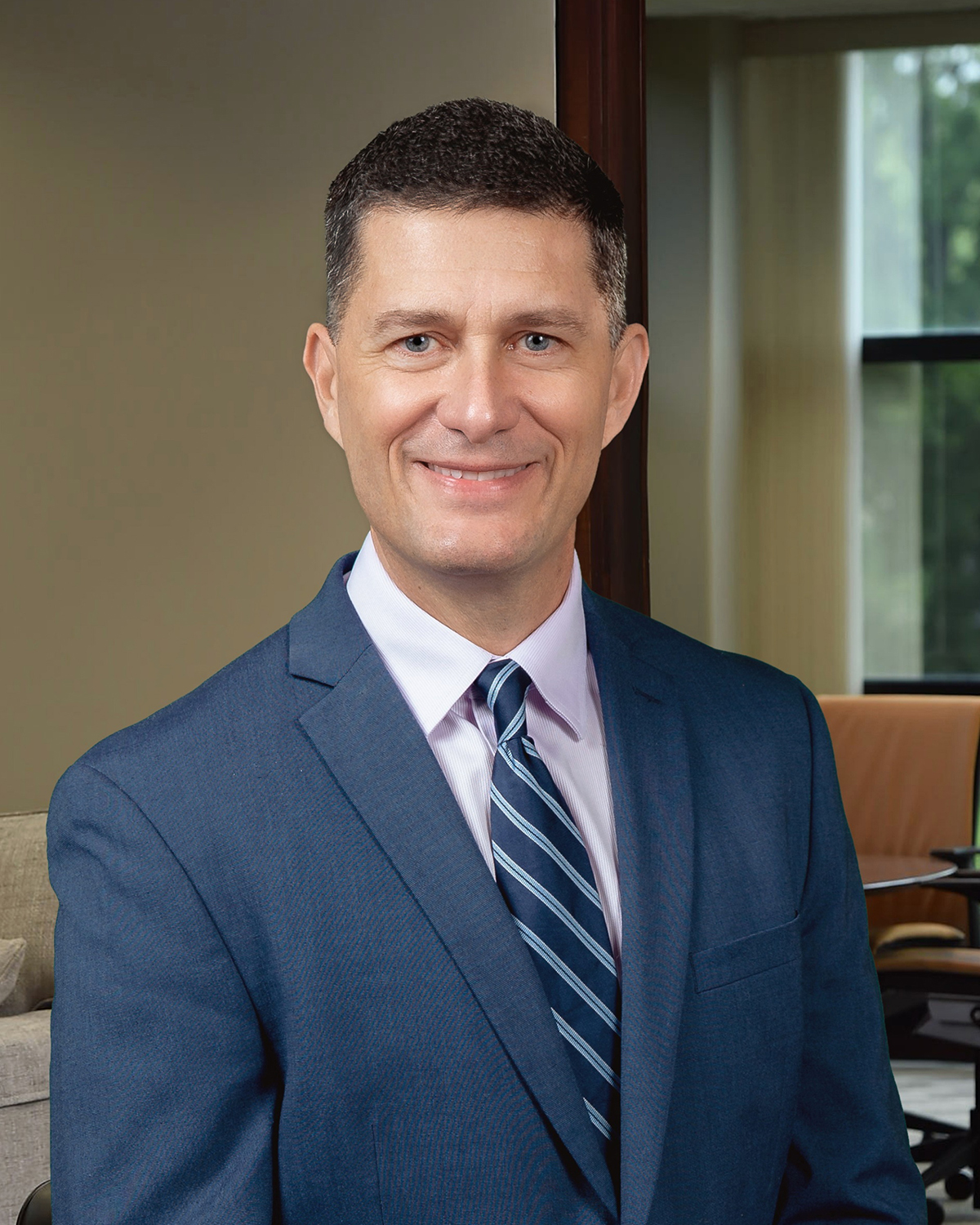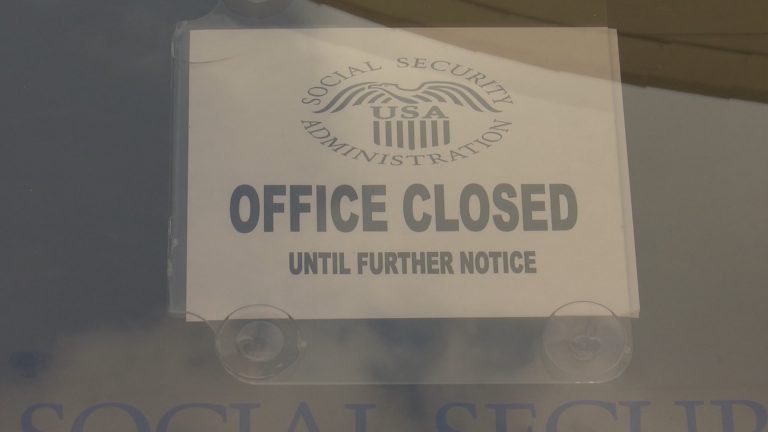Congressional Hearing Addresses Proposed Changes to Appeal Process
The Social Security Administration’s plan to reinstate the reconsideration level in 10 states generated a number of questions and scrutiny by members of the Ways and Means Social Security Subcommittee during Wednesday’s hearing.
The hearing, “Examining Changes to Social Security Disability Appeals Process,” primarily covered the reconsideration initiative, and also touched on the hearing backlog, the recent presidential Executive Order (EO) on administrative law judges (ALJ) and a General Accounting Office (GAO) report calling for the SSA to implement more comprehensive metrics for assessing the effectiveness of program changes.
Several members asked SSA Deputy Commissioner Patricia Jonas for an explanation on the timing of the agency’s reconsideration initiative. Chairman Sam Johnson (R-TX), in particular, questioned the decision to move forward without strong leadership from a Senate-confirmed commissioner. Over the next three years, the agency plans to reinstate reconsideration, adding one level of appeal after the initial application in: Alabama, Alaska, Colorado, Louisiana, Michigan, Missouri, New Hampshire, New York, Pennsylvania and two offices in California. Nearly 250,000 claimants are pending hearings in these prototype states that currently skip the reconsideration level and proceed to a hearing before an administrative law judge (ALJ).
Jonas, with SSA’s Office of Analytics, Review and Oversight, stated the change would allow some claimants to receive approval more quickly, while those denied at the reconsideration level would ultimately experience a longer overall wait. Nationally, only 13% of claimants are approved for disability benefits at reconsideration. Jonas stated SSA officials felt the time was right to move forward with the plan because of the significant drop in applications, which the SSA believes frees necessary resources that can be dedicated to the reinstatement plan.
Jonas stated that reintroducing reconsideration is a part of the SSA’s overall strategy to reduce the hearing backlog and would cut the agency’s previous projection of when hearing wait times would drop to 270 days by one year, to 2021.
Subcommittee members representing these prototype states emphasized the impact on their constituents. For example, New York and Pennsylvania have some of the longest hearing wait times in the U.S., with New York City at 780 days and Philadelphia at 720 days. Residents of Michigan could have the most to lose with an additional appeal level. Current wait times there include 620 days for the Flint hearing office and 584 days for the Lansing hearing office.
Subcommittee members also asked about the GAO report on SSA’s efforts to transfer cases between offices in order to reduce the hearing backlog. In fiscal year 2017, 43% of cases at the hearing level had been transferred between offices, according to Elizabeth Curda, with the U.S. Government Accountability Office. This compares to 14% in 2008.
Congressman Darin LaHood (R-IL) questioned this practice, citing the dramatic rise in wait times for those transferred to National Hearing Centers (NHC), noting Chicago NHC wait times were now the second highest in the country at 825 days.
The GAO found that the SSA does not have accurate measures, or data metrics, to determine if transferring cases between offices may be lengthening or shortening processing times for claimants. Currently, the SSA’s processing time measurement attributes the entire processing time to the office that finishes the case, without regard for other offices involved in the determination process.
There was limited discussion of the EO on ALJ hiring, but some subcommittee members asked for guidance on its significance. Ronald Cass, attorney and president of Cass & Associates PC, stated in his testimony that EO “leaves a lot left for decisions, program by program.” He continued “there are still important questions that need to be answered, agency by agency.” The SSA has not yet released a plan on how they will proceed to implement the EO.

Steve Perrigo
Related Articles

ALJ
SSA To Notify Claimants Of Video Hearing Option

ALJ
SSDI Hearing Level Update

ALJ
SSA Field Offices Close To Public
ALJ
Hearing: SSA Changes to Disability Appeal Process
Subscribe to Stay in the Loop
Enter your email to be notified when a new blog is posted.
Want More Information?
Read the latest news from Allsup and Allsup Employment Services in our newsroom.
